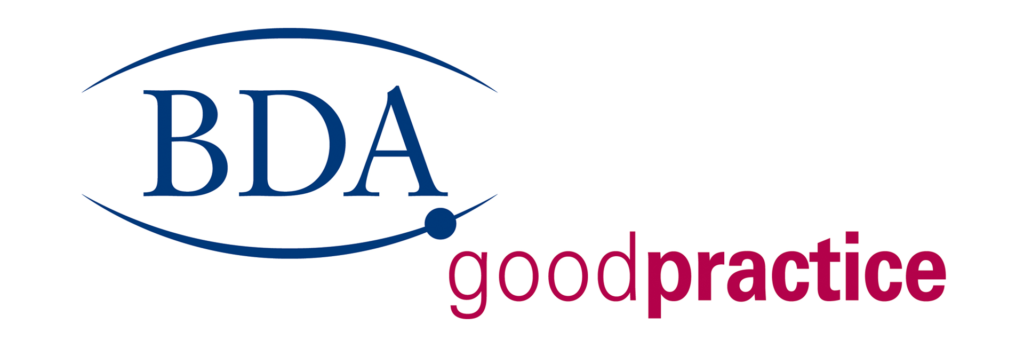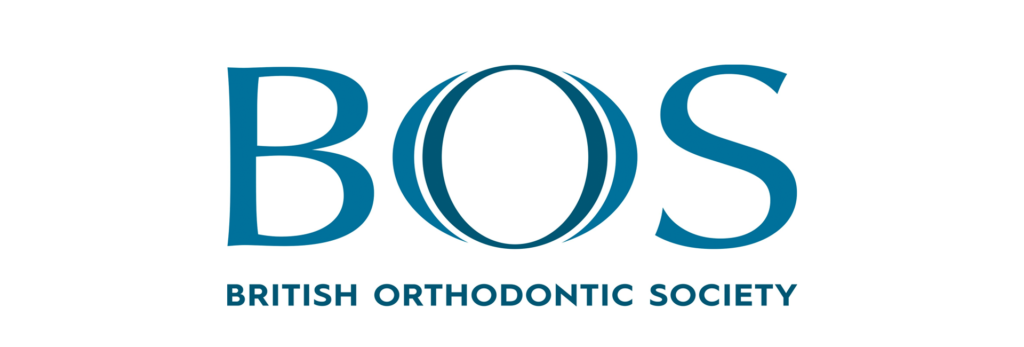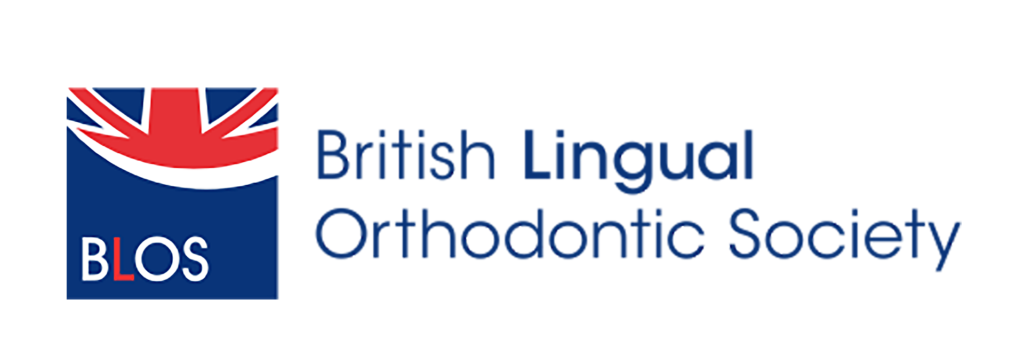Angle House Blog
Flossing and Interdental Cleaning
Getting Your Teeth Truly Clean
Flossing our teeth. We all know we should be doing it. Daily. But is it continually relegated to your ‘must do’ list? Your dentist will often see patients who brush their teeth religiously and thoroughly. But unless you’re also cleaning between your teeth using floss or an interdental cleaning tool, your teeth won’t ever be truly clean.
The Benefits of Flossing

Start flossing today and you’ll revolutionise your oral health. Some of the benefits of doing the floss include:
1. Reducing your risk of cavities.
2. Better breath.
3. Reducing your risk of gum disease. Without proper care, gum disease can lead to persistent bad breath, bleeding and painful gums, and even tooth loss.
It’s particularly important for people with misaligned teeth to floss. When teeth are not totally aligned, it’s more difficult for your toothbrush to clean them thoroughly. Flossing is the only way to ensure a totally clean mouth.
Dentists recommend brushing teeth twice a day and flossing at least once.
Flossing for Children
Cleaning between the teeth is not usually recommended until all permanent teeth have emerged completely. If your dentist or hygienist has advised you to start cleaning between the teeth earlier than that, you should follow this recommendation.
Flossing can take 2-3 minutes to do properly. Flossing can be a little uncomfortable at first and may cause slight bleeding. After a few days, this should subside. Pop your floss somewhere you can reach it easily when you settle into your nighttime activity. Once you start, you’ll find it very easy to get into the new routine. With our great flossing tools, you might even discover it’s your new favourite thing to do!
Five Steps to a Flawless Floss
In order for dental floss to effectively remove plaque from your teeth, you need to be doing it correctly. As long as you use the correct technique, the type of floss you use is down to personal preference.
1. Break off about 45 cm (18 inches) of floss and wind most of it around one of your middle fingers. Wind the remaining floss around the same finger of the opposite hand. This finger will take up the floss as it becomes dirty.
2. Hold the floss tightly between your thumbs and forefingers.
3. Guide the floss between your teeth using a gentle rubbing motion. Never snap the floss into the gums.
4. When the floss reaches the gum line, curve it into a C shape against one tooth. Gently slide it into the space between the gum and the tooth.
5. Hold the floss tightly against the tooth. Gently rub the side of the tooth, moving the floss away from the gum with up and down motions. Repeat this method on the rest of your teeth. Don’t forget the back side of your last tooth.
6. Once you’re finished, throw the floss away. A used piece of floss won’t be as effective and could leave bacteria in your mouth.
Flossing Tools
There are a range of flossing tools available and choosing is mostly down to personal preference.

Floss
We stock a range of the best dental floss, including floss suitable for use with braces and bridges, and eco-friendly versions that create less of an environmental impact.
Floss Picks
If you struggle to use traditional dental floss, you might prefer floss picks, which are small tools that hold a piece of dental floss. The other end of a floss pick often features a toothpick that can be used to remove large food particles that can get caught along the gum line or between the teeth.
Interdental Brushes
Interdental brushes have small bristled heads designed to clean between your teeth and come in different widths to suit the sizes of the gaps. Your dentist or hygienist can advise on the right size for you and show you how to use them.
Water Flossers
A water flosser removes food particles and stimulates gums by shooting a stream of water between your teeth. However, we find that it is less effective at cleaning as it cannot replicate the scraping motion that removes tartar-causing plaque. Using a water flosser is better than not flossing at all and is sometimes a preferred option for those with sensitive gums, braces and limited dexterity.







